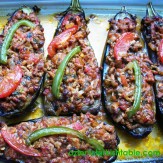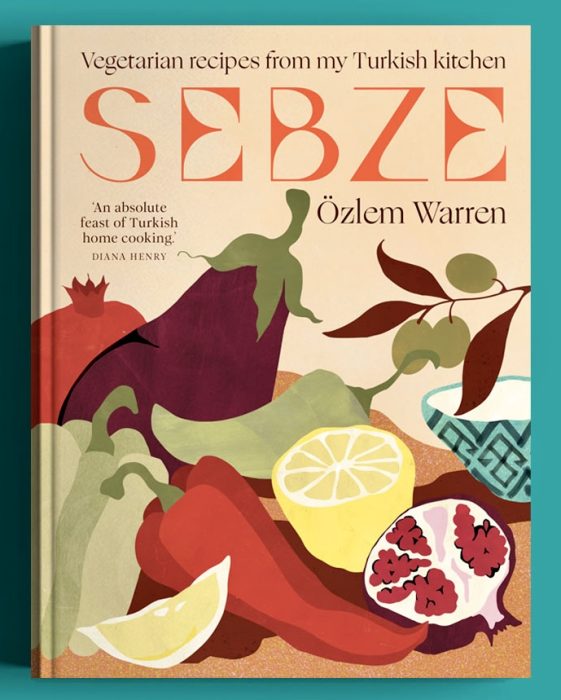
This delicious Kuru Kayısı Tatlısı, Poached Dried Apricots in Light Syrup with Clotted Cream , from my book SEBZE is a light, delicious and easy dessert for entertaining. Turkiye is one of the largest producers of apricots, kayısı. They are grown in abundance during the summer months, and some of the yearly harvest is dried in the sun to be enjoyed all year round. Malatya, a city in southeast Turkiye, is particularly famous for the quality of its dried apricots, which are exported all over the world. When I was a child, we lived in Elazığ, a town next to Malatya and my father would bring home cases of juicy apricots after work. We would eagerly wait for my father’s return and the apricots would soon disappear. Poaching dried apricots in light syrup brings out their beautiful fragrance and they are luscious served with cream.
Prepare ahead: You can poach the dried apricots in syrup 1–2 days ahead. Once cool, keep in a container, covered, in the refrigerator.
Variation and leftovers: Instead of clotted cream, you can stuff the dried apricots with 85 g (3 oz/2/3 cup) chopped walnuts for a plant-based feast. Leftovers can be enjoyed for breakfast or you can serve the leftover syrup as a light sherbet drink, with ice cubes and fresh mint in small glasses.

Here’s my recipe from my book SEBZE; if you are after delicious, easy, wholesome vegetarian Turkish recipes, there are 85 scrumptious recipes are on offer in SEBZE, along with stunning photography, stories, heritage – you can get a copy here worldwide.
Afiyet olsun,
Ozlem x
- 150 g (5 oz/2/3 cup) granulated sugar
- 450 ml (15 fl oz/1¾ cups) hot water
- 1 tablespoon fresh lemon juice
- 250 g (9 oz) soft dried apricots
- 130 g (4½ oz/½ cup) Turkish thick cream (kaymak) or clotted cream (or plant-based clotted cream)
- 2 tablespoons crushed pistachios
- Combine the sugar and hot water in a medium pan and bring to the boil. Stir constantly until the sugar dissolves, then reduce to a simmer. Pour in the lemon juice and add the dried apricots, and poach for 20 minutes over a low–medium heat. The apricots will plump up and the syrup will thicken, infused with the apricots’ beautiful fragrance. Leave to cool.
- Once cool, gently open the split of the apricot and fill each with about ⅓ teaspoon kaymak or clotted cream. Place the stuffed apricots on a serving dish, spoon the syrup around them and sprinkle with crushed pistachios to serve.







